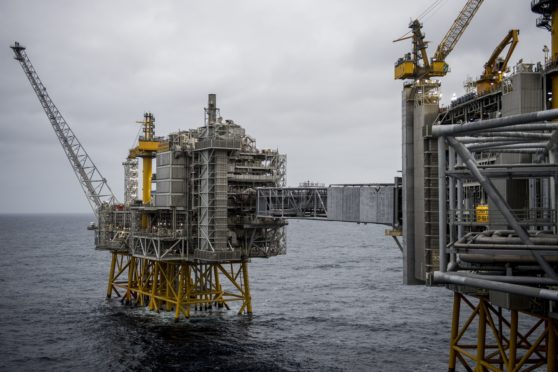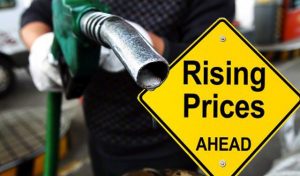Oil prices rose more than 1% on Thursday on the prospect of growing global crude oil demand and a Reuters report that OPEC+ producers could increase output in the coming months more slowly than expected.
Brent crude was up 92 cents, or 1.2%, to $75.54 a barrel by 11:17 a.m. EDT (1517 GMT). U.S. West Texas Intermediate crude gained $1.36, or 1.9%, at $74.83.
Both benchmarks rose more than $2 a barrel earlier in the session.
At its meeting on Thursday, OPEC+ members leaned toward adding about 2 million barrels per day (bpd) of oil to the market between August and December, an OPEC+ source told Reuters.
The source said that monthly output increases by the group comprising the Organization of the Petroleum Exporting Countries (OPEC) and allies, including Russia, would amount to less than 0.5 million bpd.
Rystad Energy analyst Louise Dickson said the market could easily absorb the mooted output increase.
“If OPEC+ does keep a conservative stance and increases its production in a cautious manner – and up to 500,000 bpd is definitely cautious – prices will be supported,” she said.
A drop in crude inventories at Cushing, Oklahoma, the delivery point for WTI, to their lowest since March 2020 also underpinned the U.S. benchmark.
Remarks by an OPEC+ panel earlier in the week that crude demand was expected to grow by 6 million bpd in 2021 sent oil prices to fresh multi-year highs, but some market participants remained skeptical of the projection.
“Everybody is drinking the OPEC Kool-Aid here and buying the story that demand is going to increase by 5 million barrels in the second half of the year, and if that’s not somebody talking their position, I don’t know what is,” said Bob Yawger, director of energy futures, at Mizuho Securities.
While he expects some type of uptick, Yawger said OPEC’s demand forecast doesn’t account for the possibility of increased supply from Iran, the spread of the COVID-19 Delta variant hitting demand and lacklustre seasonal U.S. gasoline use.
Outbreaks of the Delta variant of the coronavirus are raising concerns that the demand recovery could falter. Renewed lockdowns and rising costs weakened momentum in Asia’s factory activity in June.







